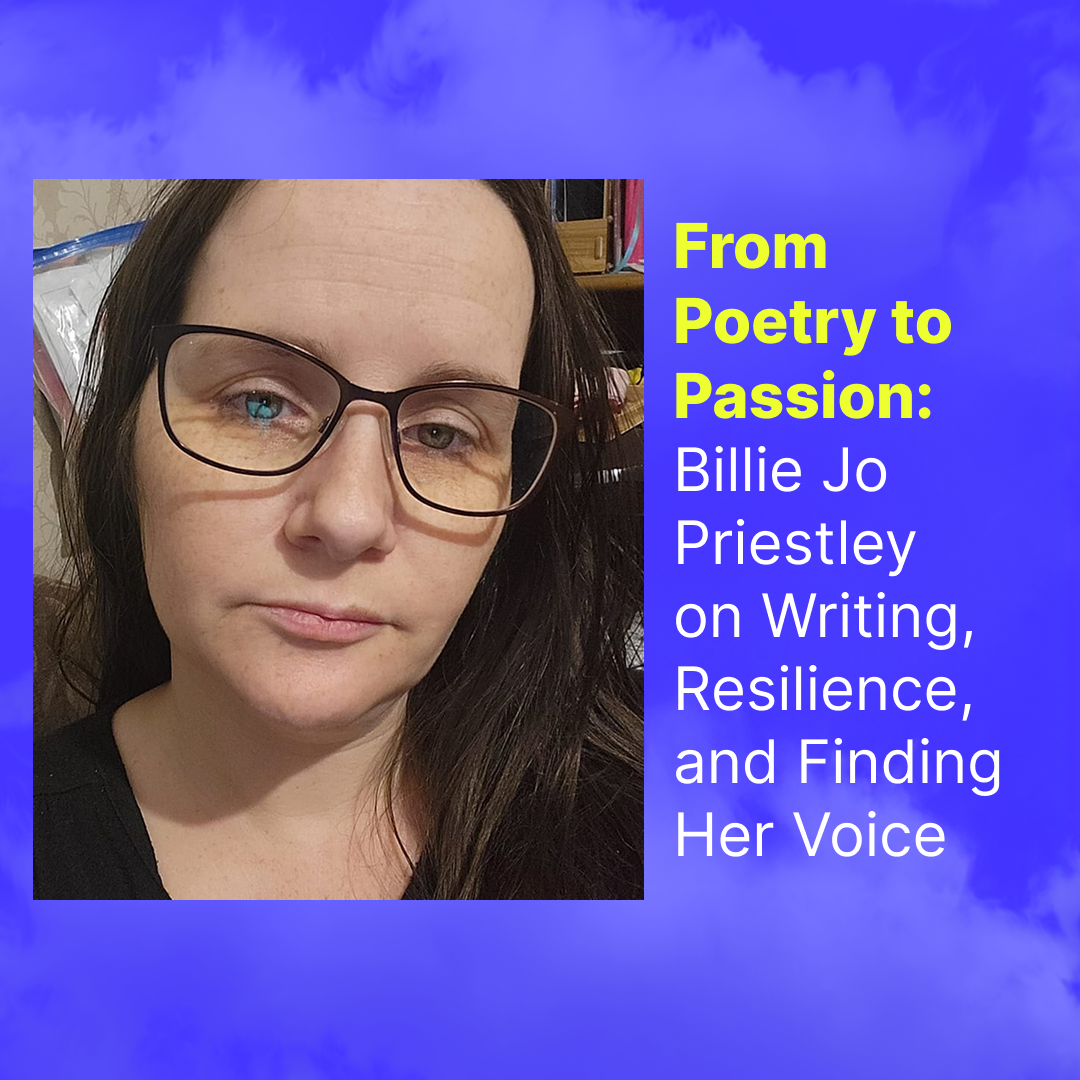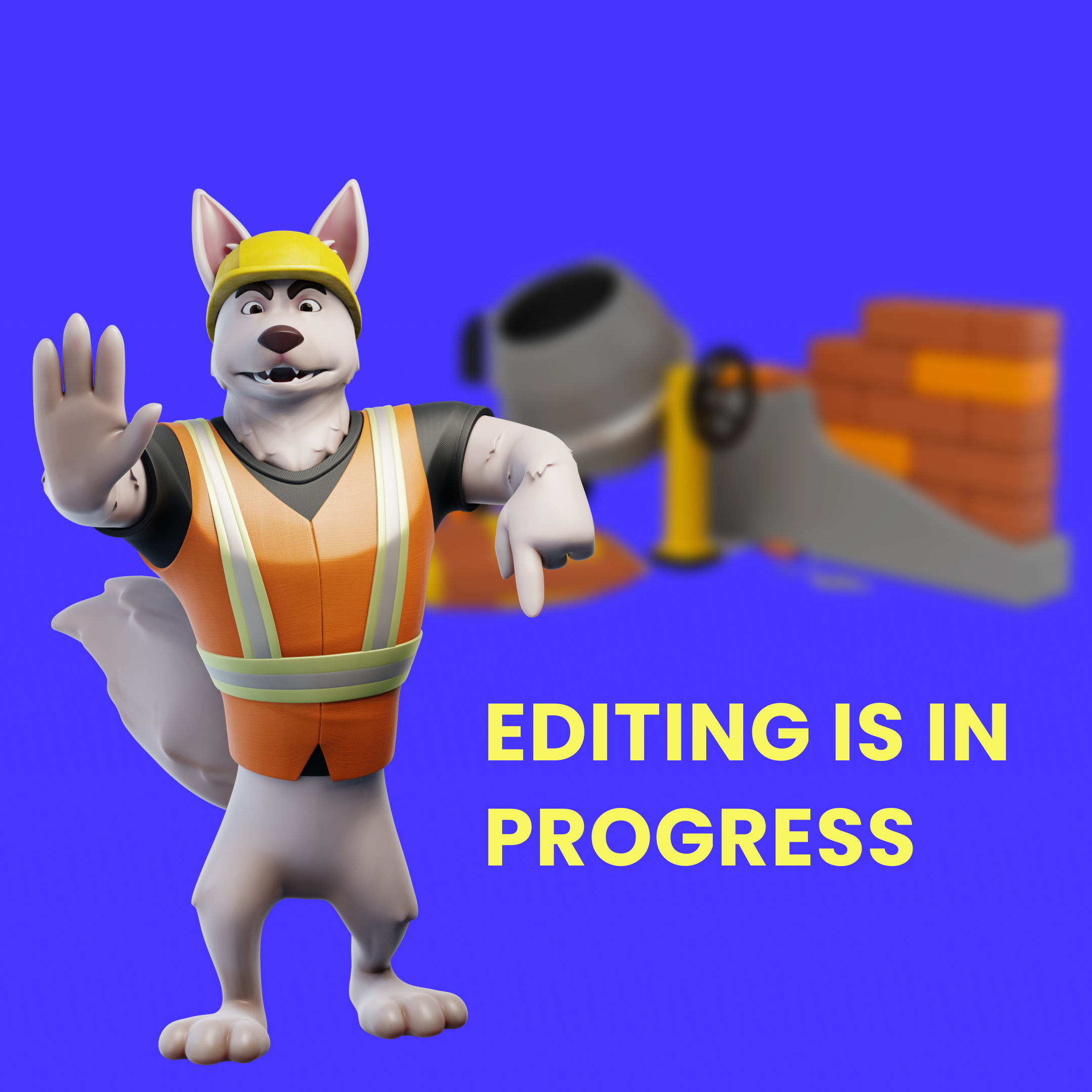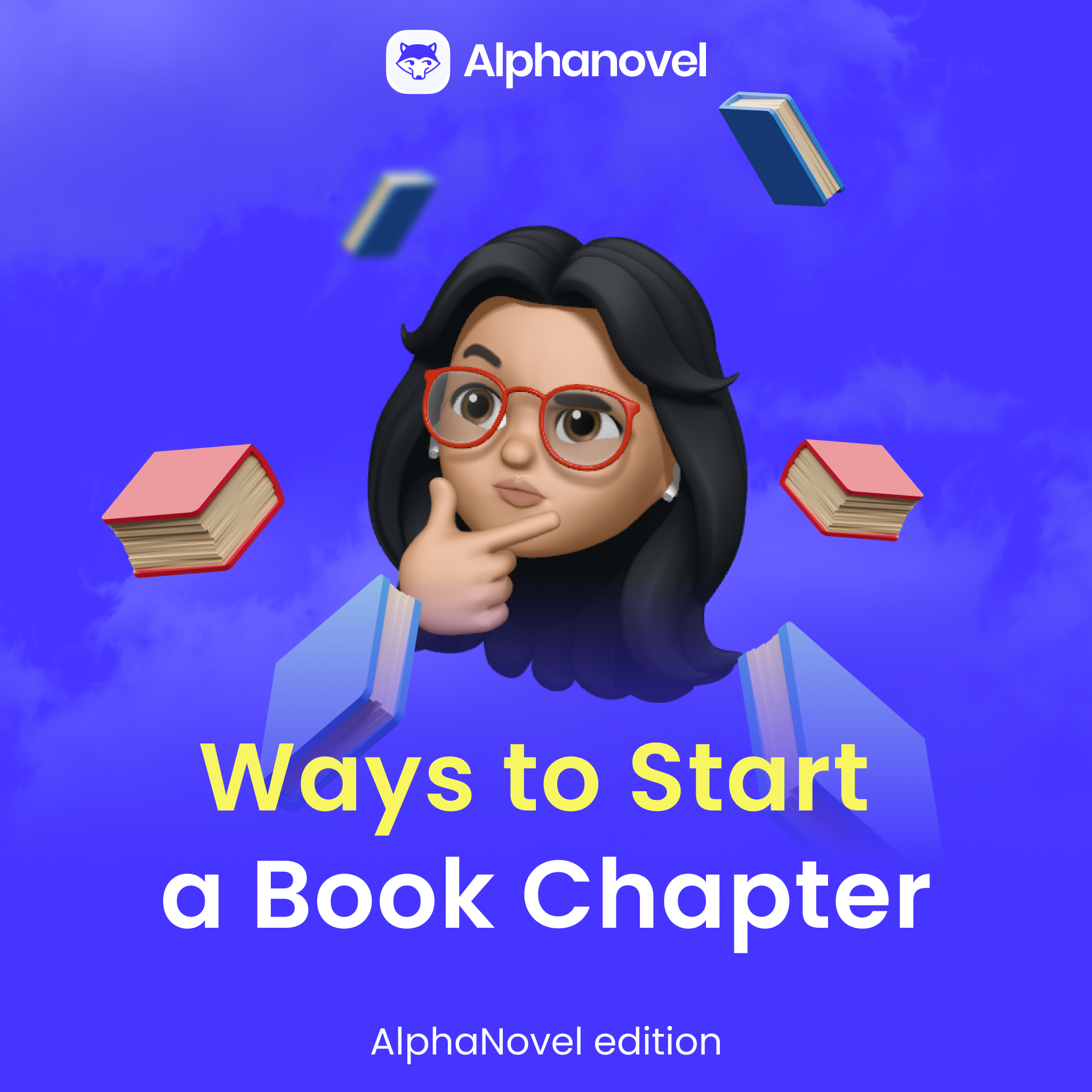Transporting readers to vivid and unforgettable settings is a key component of successful storytelling. By immersing your audience in rich sensory details and captivating atmospheres, you can create a reading experience that leaves a lasting impression. In this guide, we will explore techniques for crafting memorable settings that engage the senses and evoke a strong atmosphere, enabling your readers to escape into the world you’ve created.
1. Set the Context
Before diving into the intricacies of crafting memorable settings, it is important to establish a solid foundation. Consider the following steps:
a. Research and Immerse Yourself:
Deepen your understanding of the time period, geographical location, or culture you wish to portray. Immerse yourself in the details, ensuring authenticity and a sense of place.
To effectively portray a memorable setting, this involves conducting thorough research and learning about the customs, traditions, language, clothing, architecture, and other pertinent aspects of the desired setting. By doing so, you can enhance your understanding and accurately represent the chosen time period, geographical location, or culture, making your portrayal more impactful and compelling to the audience.
b. Align with your Story’s Purpose:
Analyze how the setting contributes to your overall narrative. Does it reflect a mood, impact the characters, or advance the plot? Understanding the purpose will help guide your creative decisions.
Note: When considering the construction of your story, it is important to keep in mind that the overall settings should seamlessly align with the enhancement of the story’s plot. Therefore, it is highly crucial to take a dedicated moment to carefully contemplate and delve deep into your thoughts, pondering which specific settings would best complement and support your story’s plot.
2. Engaging the Senses
To transport readers effectively, appeal to their senses, and make the setting come alive. Here’s how:
a. Visual Descriptions:
Paint a vivid picture by describing the physical attributes of the setting. Focus on colors, shapes, landscapes, and architectural details that make it unique. Use descriptive language to create a mental image.
An effective way to enhance your story is by utilizing vivid descriptions that allow your readers to fully immerse themselves in the narrative. Instead of stating something as straightforward as “The house was old,” you can create a more engaging experience by employing descriptive language. For instance, you could paint a more detailed picture by saying, “The weathered Victorian mansion, with its faded, peeling paint and an overgrown garden bursting with wild foliage.” By choosing to describe rather than simply telling, you provide your readers with the opportunity to visualize each intended image, making the story more captivating and memorable.
b. Auditory Enhancements:
Incorporate sounds that accompany the scene. Describe the chirping birds in a forest, the distant rumble of thunder on a stormy night, or the bustling chatter of a vibrant marketplace. Sound can enhance the readers’ immersion in the setting.
c. Olfactory Sensations:
Tap into the power of scent to bring depth to your setting. Describe the aroma of blooming flowers in a spring garden, the pungent scent of spices in a bustling bazaar, or the refreshing smell of rain in a forest. These olfactory details can transport readers and make the setting feel more real.
d. Tactile Experiences:
Pay attention to textures and tactile sensations. Describe the feel of a smooth marble surface, the rough bark of a tree, or the prickliness of a cactus. By incorporating tactile details, readers can engage more fully with the environment you create.
3. Atmosphere and Mood
Crafting the right atmosphere is crucial for making your setting memorable. Consider these techniques:
a. Weather and Natural Elements:
Use the weather and natural elements to establish the desired mood. Describe the intensity of a thunderstorm, the tranquility of falling snowflakes, or the refreshing breeze of a seaside destination.
For example, a rainy night holds the potential to cultivate a romantic moment. Rather than just stating “We laid on the bed and cuddled,” you can captivate the readers by vividly describing the scene, such as “We cuddled closely as the heavy downpour of rain outside the window created a soothing symphony, the gentle sound blending with our whispers.”
Weather can create an atmospheric backdrop that enhances the reader’s experience.
b. Lighting and Colors:
Utilize lighting to set the mood of your setting. Describe the warm glow of candlelight in a cozy room, the ethereal glow of a full moon, or the harsh brightness of a neon-lit city street. Pay attention to colors that evoke specific emotions, such as soothing blues or vibrant reds.
c. Cultural and Historical Influences:
Consider how the setting’s culture, history, and traditions can shape the atmosphere. Incorporate elements that reflect the beliefs and customs of the fictional world, using them to create a unique atmosphere that pulls readers into the story.
By focusing on sensory details and atmosphere, you can transport your readers to vivid and unforgettable worlds. Engage their senses through visual descriptions, auditory enhancements, olfactory sensations, tactile experiences, and taste sensations. Pay attention to the atmosphere by utilizing weather, lighting colors, and cultural influences. By employing these techniques, you will be able to create settings that captivate your readers and make a lasting impression.
Happy writing!✨














